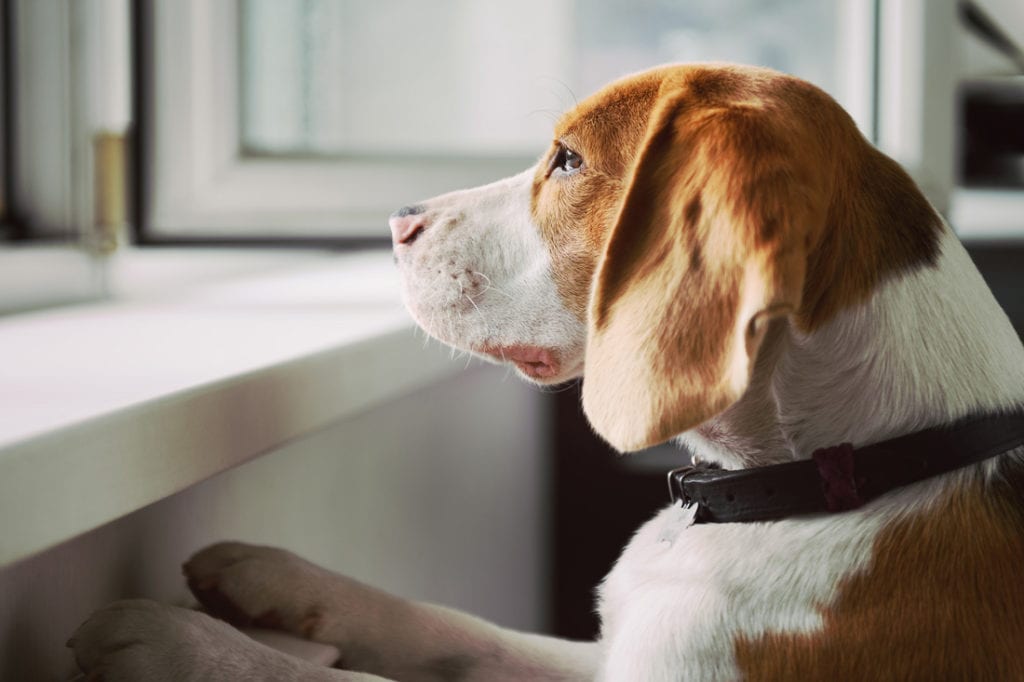TIPS TO HELP ANIMALS ADJUST TO A NEW ROUTINE AND OVERCOME SEPARATION ANXIETY
The pandemic has forced many of us indoors, keeping us working from home and resulting in canceled outings and vacations. This upheaval of our daily lives has been challenging for myriad reasons, but there has been a silver lining for our pets: more time with us.
Suddenly having their favorite humans home 24/7 may have been an adjustment for our canine companions and feline friends at first. But now endless cuddle time, an extra afternoon walk and the comfort of your presence are expectations.
However, as life returns to normal, and we resume our regular routines, it can be tough on our pets. They’re creatures of habit that thrive on consistency, so a sudden upset to their way of life creates stress that can evolve into full-blown separation anxiety.
Dogs and cats can exhibit symptoms of anxiety in countless ways. They may become more vocal and bark, howl or cry. They may urinate or defecate indoors or outside the litter box. And they may engage in destructive behaviors, such as clawing at doors or chewing on household objects.
“It may be shaking and quivering. It may be barking when the owner is away. It may be that you come home and [find] claw marks on the door or furniture,” says Mark Shaver, owner of Buckhead Paws, which offers a range of pet care services. “For cats, it may be a loss of appetite or staying under the bed or in a closet. For crated dogs, I’ve seen separation anxiety so extreme that the dog was able to bend the wires of the crate like Hercules pulling apart the bars of a cell.”
Animals suffering in this way is painful for both our pets and for us, but fortunately, there are steps you can take now to help your cat or dog adjust to upcoming changes in your daily routine.
If you’re currently working from home, help your pet get used to being away from you by working in another room and closing the door. Or leave the house on a daily basis even if you’re not going to the office. You might take a walk without your pet or run some errands. If your dog is used to being crated while you’re gone, continue to do so.
When you do return to your regular work day away from home, try to maintain your pet’s routine as much as possible. For example, if your dog has become used to an afternoon walk and a treat, hire a dog walker to stop by. Shaver says this isn’t just about maintaining routine, but also human contact and interaction.
“I tell our clients that every time we do a dog walk, obviously we make sure the pup’s bathroom needs are taken care of,” he says. “But I think the more important thing we do is [give them] human contact, physical activity and TLC. Those things that are really important to pets.” Of course, if these tips don’t seem to alleviate your pet’s stress, or your pet is exhibiting severe separation anxiety, talk to your veterinarian.
BUCKHEAD PAWS
buckheadpaws.com
Writer and pet columnist at Simply Buckhead. Author, AdventureCats.org founder, total cat lady.












